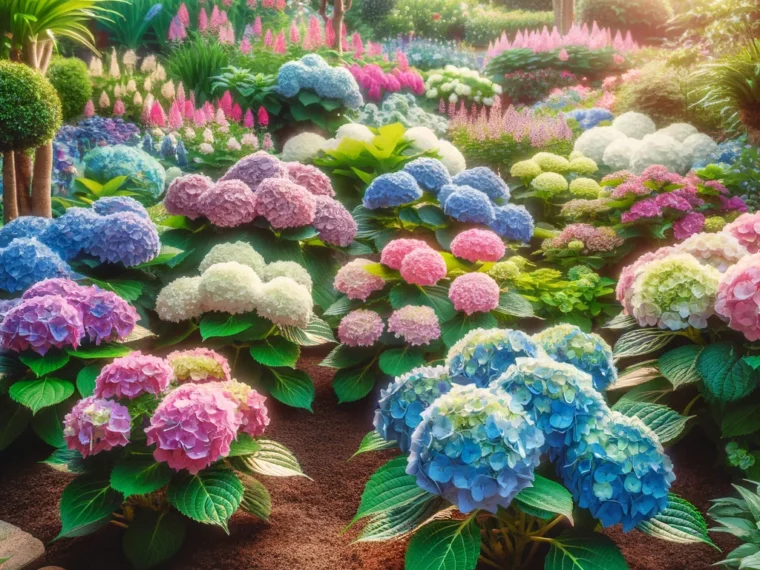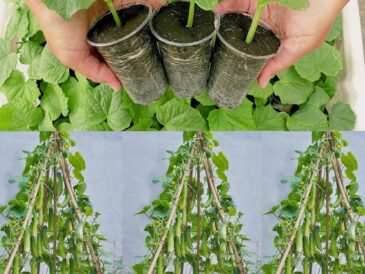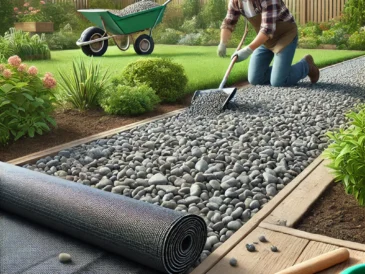6. Watering Issues
Hydrangeas are thirsty plants but are also sensitive to waterlogging. Too much or too little water can stress the plant, preventing it from blooming.
Solution:
- Ensure consistent watering, especially during dry spells. Hydrangeas need about 1-2 inches of water per week.
- Avoid overwatering, as soggy roots can lead to rot. Well-drained soil and mulch can help maintain proper moisture levels.
7. Immature Plants
Hydrangeas, especially those planted recently, might need time to establish before blooming. Young plants focus on root development in their first year or two, delaying flowering.
Solution: Be patient! With proper care, your hydrangea will reward you with blooms in subsequent years.
8. Overcrowding
If your hydrangea is planted too closely to other plants or in a cramped space, it might compete for nutrients, light, and air circulation, impacting its ability to bloom.
Solution: Give your hydrangea adequate space. This not only allows it to grow but also reduces the risk of fungal diseases that can affect blooms.
9. Pests and Diseases
Common pests like aphids, spider mites, or diseases such as powdery mildew can weaken your hydrangea, reducing its flowering potential.
Solution:
- Regularly inspect your plant for signs of pests or disease.
- Use insecticidal soap or neem oil for pests and fungicides for fungal issues.
- Maintain good garden hygiene by removing dead leaves and debris.
10. Lack of Deadheading
Spent blooms can drain the plant’s energy, leaving less for the production of new flowers.
Solution: Deadhead your hydrangea by removing spent blooms. Be careful not to cut into developing buds on old wood bloomers.
Conclusion
Hydrangeas are stunning additions to any garden, but they do require attention to detail. By addressing these common issues—pruning, winter protection, light, soil, watering, and fertilization—you can set your hydrangea up for success. Take the time to understand your plant’s specific needs, and you’ll be rewarded with an abundance of vibrant blooms next season.




